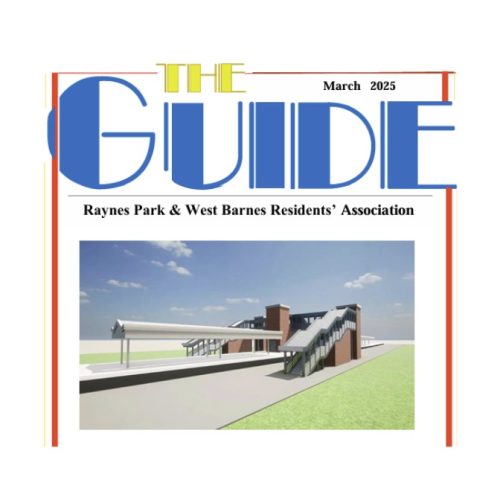It’s not only people with mobility challenges, buggies and heavy luggage who benefit from Motspur Park Station’s Access for All (AfA) project. For those living either side of the line to London Waterloo at Motspur it is now easier to cross the tracks.
In addition to providing step-free access to the station’s single island platform the new stairs, lifts and bridge replace an unloved 1960s footbridge that served as a principal pedestrian crossing over the railway line. The condition and safety of the old footbridge, which was narrow and open to the elements, was the subject of some criticism. The new bridge and stairs are roofed, glazed and significantly wider than their forebears.
Bespoke requirements
Elements of the project were typical AfA: providing two footbridges, three lifts and three staircases. And as with all AfA projects successful delivery meant ensuring this standardised solution was efficiently tailored to meet an individual station’s bespoke requirements. Additionally, however, Motspur was a station upgrade.
The existing ticket office was demolished and a new one, including waiting room, constructed; and a 30-metre canopy was added, as was a new accessibility toilet. The entire station was re-wired and re-lit using motion and light sensitive lamps.
The AfA contract for Motspur, situated towards the outer edge of southwest London, was awarded to Octavius through Network Rail’s One Team Wessex Framework.
Intelligent phasing critical
Limited possessions confined many activities to weekends. A greater challenge, however, was that the vast majority of the work took place on the station’s single, narrow island platform. These factors, in combination with the need to keep the station open and its users safe, restricted the ability to undertake multiple activities simultaneously, leading to a much more linear, sequential pattern of work than is typical.
Intelligent phasing was critical for keeping to programme, with one element of the work needing to be complete before another could commence. This approach also led to a considerable amount of temporary works, not all of which were accounted for in the original design and scope – a challenge which required flexibility and creativity to overcome. Also key to constructing a host of new assets on a confined, live platform was forming an effective working relationship with Motspur’s train operating company South Western Railway.
Constrained space and limited access issues were not exclusive to the island platform. Parallel to the track opposite the platform it was necessary to construct a 30-metre retaining wall to enable access to the outer lifts. The station is in a busy suburban setting, with businesses and homes in close proximity. These were difficult streets to negotiate for the 350-tonne mobile crane necessary to site the lift gear. West Barnes Library carpark was given over for laydown and welfare. The scheme also necessitated an 18-month closure of a road close to the station. A strong relationship with Merton Council, and its support for the project, went a long way in managing these offsite challenges.
Motspur Park is one of a quartet of recent AfA projects in suburban west and southwestern London; the others being Isleworth, Stoneleigh and Barnes. They are part of a national portfolio of more than 35 successfully completed AfA projects, making Octavius, probably, the UK’s most experienced AfA delivery partner.
For more information you can contact afa@octavius.co.uk
Image courtesy of the Raynes Park and West Barnes Residents’ Association

